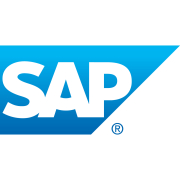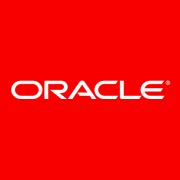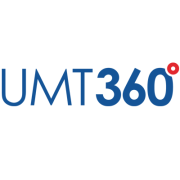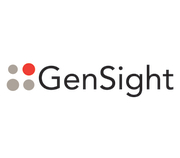Project Portfolio Management solutions streamline project selection, tracking, and execution across an organization, enhancing decision-making and prioritization of resources to meet strategic objectives.
These tools integrate performance metrics, allowing organizations to identify high-value projects. They offer real-time visibility into project status, helping mitigate risks and allocate resources efficiently. With alignment to business goals, Project Portfolio Management solutions enable teams to adapt to changing market demands and organization needs.
What are the critical features of Project Portfolio Management?In industries like healthcare, Project Portfolio Management solutions are harnessed to streamline research and development processes, ensuring compliance with regulations while optimizing project outcomes. In technology sectors, these solutions support innovation by balancing numerous projects and aligning them with technological advancements.
Project Portfolio Management helps organizations prioritize projects by aligning them with strategic objectives, ensuring optimal use of resources and maximizing potential returns. It provides a structured approach to managing multiple projects efficiently, aiding companies in achieving their long-term goals.
| Product | Market Share (%) |
|---|---|
| ServiceNow Strategic Portfolio Management | 9.6% |
| Planisware | 9.5% |
| Broadcom Clarity | 9.3% |
| Other | 71.6% |















































In most cases, yes, PPM is a software. The best PPM solutions are software or even SaaS in today's fast-growing, ever-changing marketplace. In fact, many solutions are even moving toward more cloud-based options, as that is what the industry is demanding.
Project management commonly involves the general daily tasks concerning project planning, such as status, surveillance, inquiry, etc. The focus is on immediate goals and priorities: what activities are to be completed today, by whom, etc. These tools are available to help teams clarify daily goals, maintain budgets and timekeeping, and celebrate daily accomplishments and successes.
Project portfolio management is created for long-term far-reaching projects, processes, or product development. A worthwhile PPM will assist enterprise organizations in better understanding how a planned project, process, or new product development may affect the overall organization's performance and impact current resources. The PPM will show a comprehensive perspective of each and every project or process and how the new anticipated project or process may affect the relationships and dependencies between the processes throughout the entire enterprise. Managers, clients, and all stakeholders will have access to the PPM perspective, which will ensure all parties involved are aware of the anticipated success or potential challenges an enterprise may experience and provide direction for course correction.
PPM tools provide direction for an organization to ensure the success of an anticipated project or process. PPM tools provide insight and facilitate the establishment of realistic long-term goals, planning processes, and strategic perspectives. Using the goals and guidelines set forth by a PPM tool, organizations can avoid unnecessary predictable disasters, prevent significant financial loss, save money, and maintain the highest levels of productivity and profitability.
Project Portfolio Management maximizes ROI by aligning projects with strategic goals. By doing so, you ensure resources are allocated effectively and projects deliver optimal value. It helps prioritize projects based on their potential return, allowing low-impact projects to be cut or adjusted. Implementing data-driven decision-making leads to reduced waste and increased efficiency, ultimately enhancing ROI.
What are common challenges in implementing Project Portfolio Management solutions?Implementing Project Portfolio Management can be challenging due to organizational resistance, lack of executive support, and inadequate change management. You may also face issues with data fragmentation or integration with existing tools. To overcome these, ensure strong leadership buy-in, communicate the benefits clearly, and establish a structured change management approach. Selecting a flexible PPM tool that integrates well with current systems can also ease the transition.
Which metrics are essential for measuring Project Portfolio Management success?Key metrics for measuring success include project success rate, resource utilization, alignment with strategic goals, and stakeholder satisfaction. Regularly tracking these metrics provides insight into performance and helps you make informed decisions. Cost variance, schedule adherence, and benefit realization are also critical. Selecting the right metrics allows you to continuously improve your Project Portfolio Management processes and outcomes.
How do you select the right Project Portfolio Management tool?Choosing the right tool involves assessing your organization's specific needs, budget, and existing technology stack. You should look for features like resource management, project tracking, and reporting capabilities. Usability, scalability, and vendor support are also important considerations. Running a pilot with key stakeholders can provide valuable feedback before making a final decision. Ensuring the tool integrates seamlessly with existing systems is critical for success.
Why is change management important in Project Portfolio Management?Change management ensures smooth adoption of new processes and technologies. It's crucial for minimizing resistance, enhancing user engagement, and creating sustained enthusiasm within your team. Effective change management involves clear communication, training, and support. By actively managing change, you can maximize the benefits of Project Portfolio Management and foster a culture of continuous improvement, leading to more successful project outcomes.